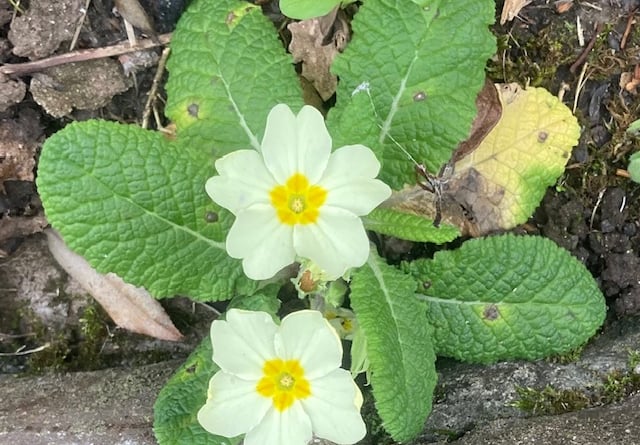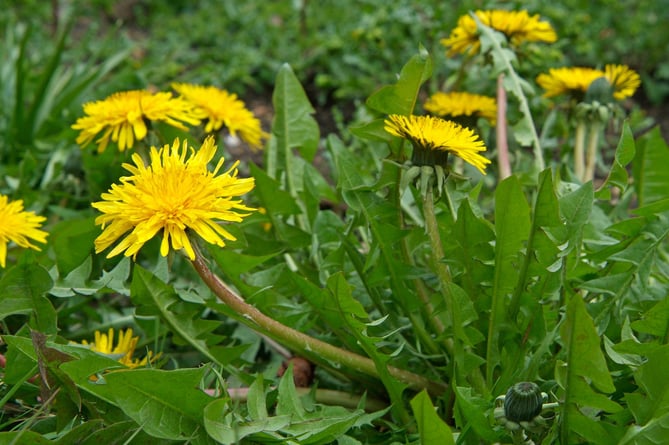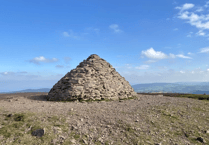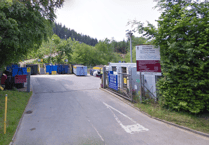FLOWERS such as dandelions, daisies and celandines are not just good to look at. Their blossom attracts early insects and bees on which they depend for pollination.
The bees and insects benefit in return, because they need nectar, but other nectar-producing flowers in gardens or orchards are not yet in bloom. Birds benefit too - they eat the insects which provide welcome food when other sources are scarce.

+ 3
(View All)
A primrose. PHOTO: Sue Lloyd.
Celandines, also golden in bloom, are properly called ‘lesser celandines’ to distinguish them from the greater celandine, a totally different plant.
Celandines have an intriguing way of attracting bees - their shiny petals, which glow in the sun, reflect ultraviolet light to attract bees and other insects in to pollinate them.
Bee and butterfly numbers have fallen sharply, due to intensive farming, hedgerow loss and overuse of pesticides. So a good supply of nectar-producing flowers, whether wild or in gardens, is essential to aid their recovery.
The Latin name for daisy is bellis perennis, meaning ‘beautiful perennial’, and it is well-named. A lawn or verge starred with white daisy flowers is a cheering sight. You can eat young daisy flowers in salads, too, and even make a soothing drink from them.
Daisies’ flat heads make a perfect landing pad for insects attracted to the nectar. Cultivated double varieties have fewer florets and so less nectar, which makes them less attractive to butterflies and bees.
Besides our familiar daisies, dandelions and celandines, there are other less conspicuous plants blooming on Exmoor in very early spring. Some of these are known as ‘winter weeds’, for they germinate in autumn, put on growth during mild spells in the winter, and bloom as soon as the first spring sunshine arrives.
Many, like the humble groundsel, which blooms all year round, are incredibly successful in reproducing themselves, as anyone with a garden or an allotment will know.
Groundsel will grow almost anywhere, as its windblown seeds can lodge in just a tiny crack. Like dandelions, groundsel plants launch their seeds into the wind, each with its own parachute.
Other weeds have their own ways to ensure their seeds travel far and wide. Hairy bittercress, a pretty little white-flowered plant, its green rosettes growing low at the edges of pavements, catapults its seeds out of its seedpods.
Bittercress leaves, as the name suggests, have a hot, peppery flavour due to chemicals called glucosinolates which have been found to have anti-inflammatory and anti-cancer properties.
Foraging enthusiasts recommend serving bittercress in a sweetened sauce, along with nutty-tasting chickweed leaves in early spring. Chickweed (stellaria media) is named after its tiny star-like white flowers. Both bittercress and chickweed, like other winter weeds, are rich in minerals and vitamins.
Nettles, while unwelcome in the garden, offer much-needed sites for Peacock and Red Admiral butterflies to lay their eggs, so ensuring the next generation of these favourite butterflies.
The American philosopher Ralph Waldo Emerson famously declared: “A weed is a plant whose virtues have not yet been discovered.” The word “weed” itself comes from Anglo-Saxon wèods, meaning any plant.
Discoveries are continually being made by scientists about the virtues of various wild plants as medicine, another good reason for preserving them and their habitats.
So our familiar weeds offer all kinds of benefits, both to humans, for food and medicine, and to wildlife, by offering nectar, food and shelter for bees and insects and their young, and to birds, too.
Another important reason to treasure wild plants, even if they are in what seems to you the wrong place, is their beauty. Who can resist the delicacy of Ivy-leaved toadflax? What heart has not been cheered by golden dandelions or a patch of daisies?
Blue Speedwell flowers, once stitched into travellers’ clothes to speed them safely on their way, enrich our moorland, along with the scarlet pimpernel, the ‘poor man’s weatherglass’, opening and closing according to the weather.
In fact, almost any weed will, on closer inspection, reveal unsuspected delights of shape, colour or texture. So treasure the plants we so often tend to dismiss as a confounded nuisance!
For more information about the work of the Exmoor Natural History Society visit www.enhs.org.uk.




